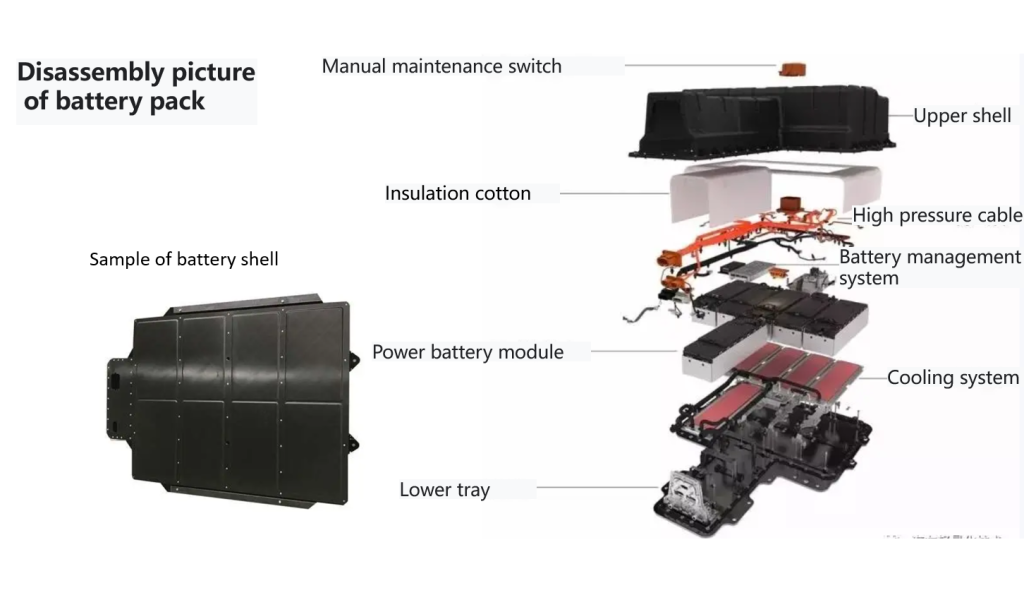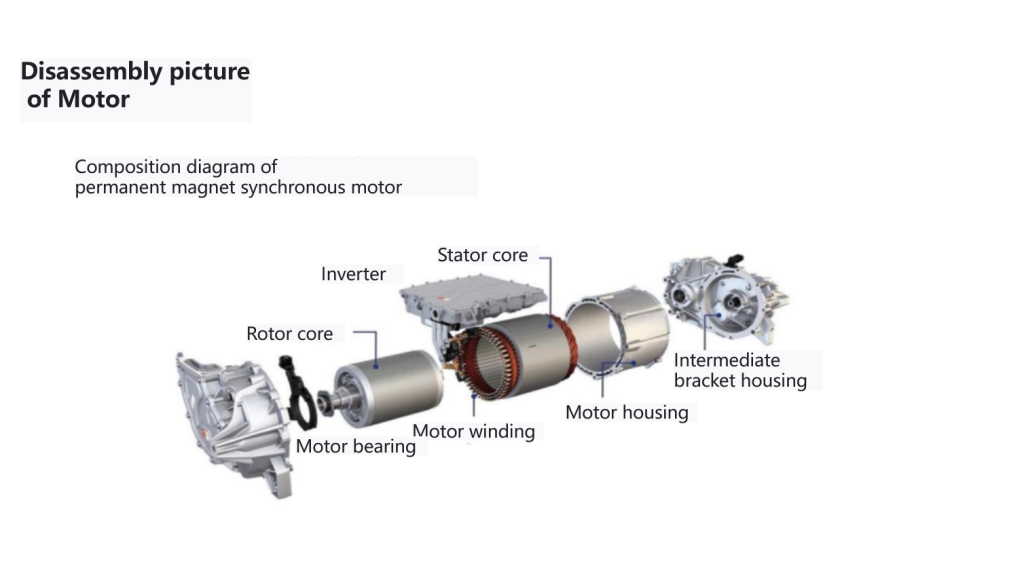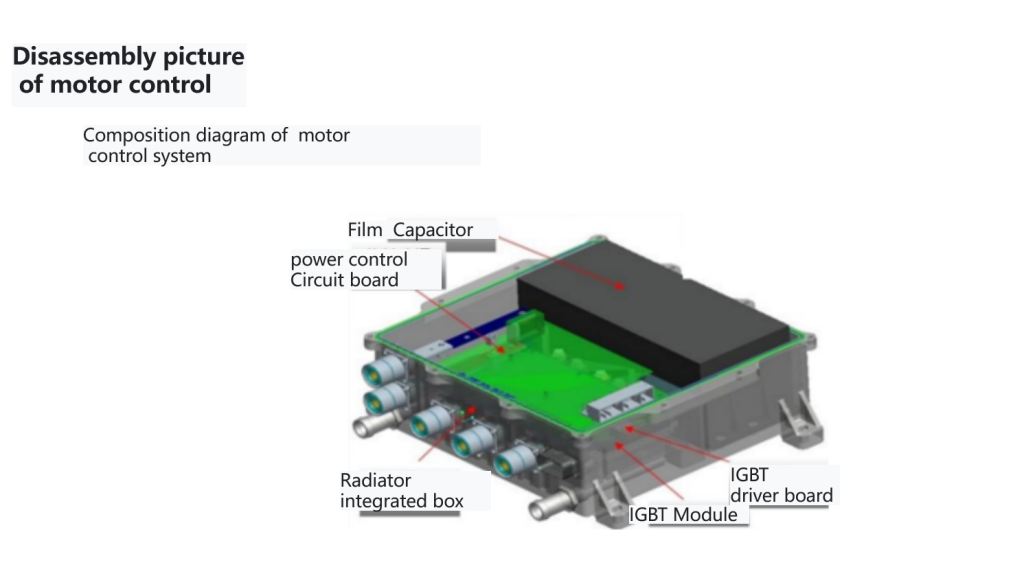Einführung in die Struktur des Drei-Elektro-Systems neuer Energiefahrzeuge
At present, with the aggravation of global environmental pollution and oil crisis, countries all over the world attach great importance to the development of new energy vehicles with low pollution and less dependence on oil. Driven by global carbon neutrality and marketization, new energy vehicles have become Ushering in the "golden growth period" of accelerated development New energy vehicles are technology-intensive and capital-intensive industries. The automobile industry chain is long, involving many parts, complex production process, high requirements for production equipment, large investment in project development, high cost of mold development, and relatively high technical requirements for different types of personnel involved in automobile production. As the core technology different from traditional fuel vehicles, new energy vehicle three-electric (battery, motor, electronic control) technology has achieved new development. To have a deep understanding of electric vehicles, you must not bypass the three-electric system. The three-electric system refers to the battery, motor, and electronic control of electric vehicles. These three major components are also the core technical systems of electric vehicles. They directly affect the final performance of the product and are also key factors for users to consider when purchasing a car. 1. Battery Battery is an industry related to chemistry, mechanical industry, electronic control, etc. The key to the battery is the battery cell, and the most important materials of the battery cell are the positive and negative electrodes, the diaphragm, and the electrolyte. The positive electrode materials are widely known as lithium iron phosphate, lithium cobaltate, lithium manganate, ternary, and high-nickel ternary. Since there are one or two low-voltage batteries on the car, in order to distinguish them, the high-voltage battery is called a power battery. This is also an industry term. Similar to the fuel tank of traditional cars, as the "energy" source of new energy vehicles, the power battery system usually consists of cells, battery packs, battery management systems, cooling systems, high and low voltage wiring harnesses, protective casings, and other structural components.

2. Electric drive The electric drive consists of three parts: the transmission mechanism, the motor, and the inverter. At present, the transmission mechanisms of electric vehicles both at home and abroad are all single-machine deceleration, that is, there is no clutch and no speed change. In the future, all electric vehicle companies will increase the complexity of the transmission mechanism, and at the same time reduce the demand for motors and motor rheostats, that is, to improve performance and reduce costs. The motor consists of three parts: the stator, the rotor, and the housing. The key points of the motor technology are the stator and the rotor. The rotor is the main drive motor of the new energy vehicle, which undertakes all the functions related to the movement of new energy vehicles. The motor of a new energy vehicle has forward rotation and reverse rotation. Forward rotation means forward driving, and reverse rotation means reverse driving.

3. Electric control As a substitute for traditional engine (gearbox) functions, new energy vehicle motors and electronic control systems directly determine the main performance indicators of electric vehicles such as climbing, acceleration, and maximum speed. At the same time, the working conditions faced by the electronic control system are relatively complex: it needs to be able to start and stop frequently, accelerate and decelerate, requires high torque at low speeds/climbing, requires low torque at high speeds, and has a large transmission range; hybrid vehicles also need to handle Special functions such as motor starting, motor power generation, braking energy feedback, etc.

Einführung in die Struktur des Drei-Elektro-Systems neuer Energiefahrzeuge